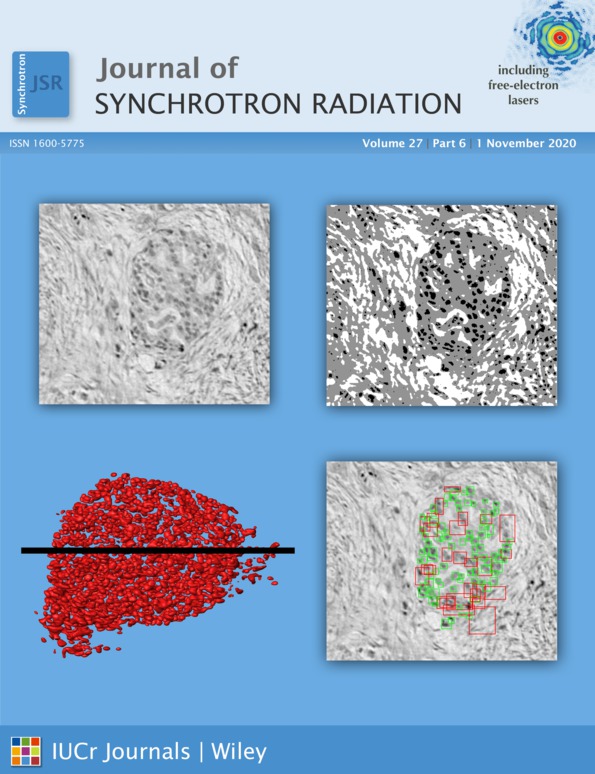Absolute intensity calibration for carbon-edge soft X-ray scattering
Abstract
Resonant soft X-ray scattering (RSOXS) has become a premier probe to study complex three-dimensional nanostructures in soft matter through combining the robust structural characterization of small-angle scattering with the chemical sensitivity of spectroscopy. This technique borrows many of its analysis methods from alternative small-angle scattering measurements that utilize contrast variation, but thus far RSOXS has been unable to reliably achieve an absolute scattering intensity required for quantitative analysis of domain compositions, volume fraction, or interfacial structure. Here, a novel technique to calibrate RSOXS to an absolute intensity at the carbon absorption edge is introduced. It is shown that the X-ray fluorescence from a thin polymer film can be utilized as an angle-independent scattering standard. Verification of absolute intensity is then accomplished through measuring the Flory–Huggins interaction parameter in a phase-mixed polymer melt. The necessary steps for users to reproduce this intensity calibration in their own experiments to improve the scientific output from RSOXS measurements are discussed.




